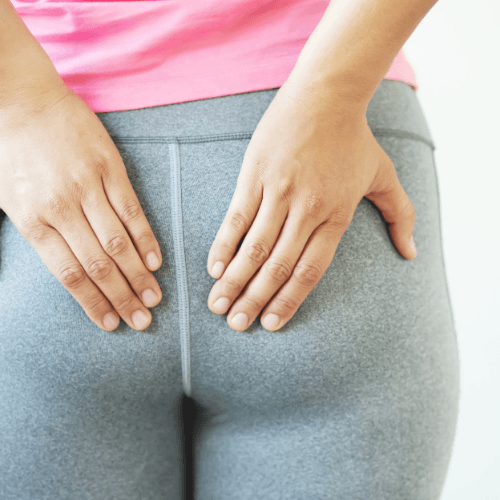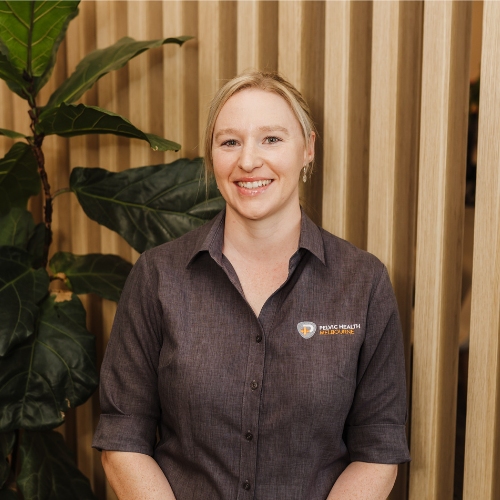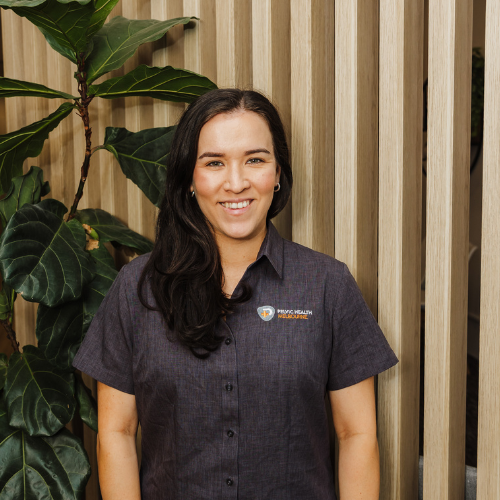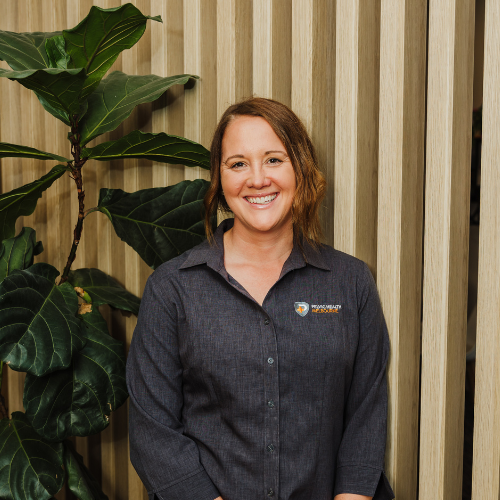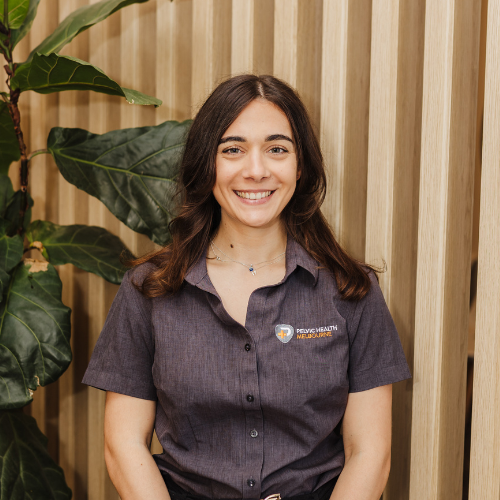
What is Sacroiliac joint pain?
The sacroiliac joints are located at the back of your pelvis near the bottom of your spine and along with the connecting ligaments and muscles help support the weight of your body by stabilising your pelvis, allowing for movement and keeping you upright. They act as shock absorbers and distribute your weight across your pelvis. When the bones of the SIJ joint are out of alignment or inflammation occurs in these joints you can experience pain.
Many women experience sacroiliac joint pain during the later stages of pregnancy as a hormone – relaxin released towards the end of pregnancy softens this tissue to increase mobility and prepare for birth. It also makes your joints less stable.
Signs and symptoms?
- Are you pregnant and experiencing pain that is aggravated when walking, performing household chores or any single leg activity like climbing stairs?
- Have you suffered trauma through a fall or accident?
- Do you experience localized sharp pain or a dull ache in your lower back, hips, groin or pelvis?
- Does your back pain increase with sitting for long periods?
- Do you feel your pain is aggravated by bending, lifting, or rolling over in bed?
Contributing factors to sacroiliac joint pain?
- Muscle imbalance causes increased load to the ligaments around the joint
- Overload of the joint itself causes inflammation and pain in the back and pelvis
- Alterations in posture after pregnancy cause increased load to go through through the joint
How can we help?
Physiotherapy for Sacro-iliac joint and back pain?
Your physiotherapist will usually perform a full assessment to find the cause of your pain to address any joint or muscle imbalances that may be contributing to it - treatment may include:
- A tailored exercise program to address imbalances in muscles through strengthening weak areas, and stretching tight areas
- Massage and dry needling for tight muscles
- Joint release to free up stiff joints,
- Provide bracing suggestions
- Advice on work and activity changes to lessen the load on the injured area, allowing the ligaments and bones to heal






